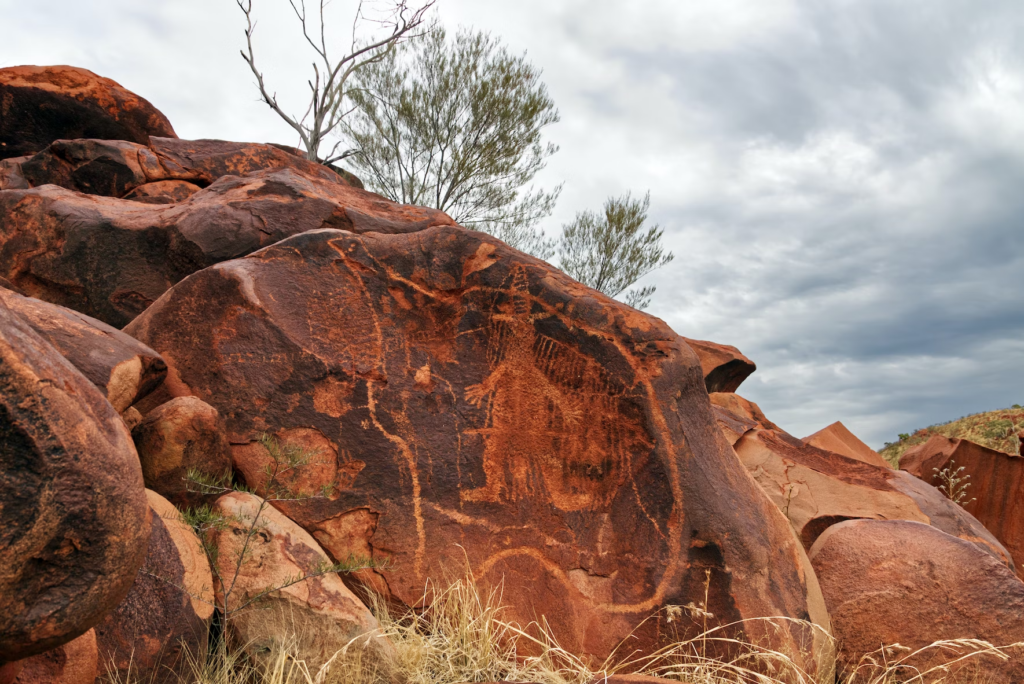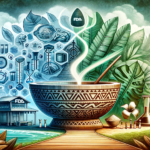Summary of: Proto Who Drank Kava? By Dr. Terry Crowley et al. 1994.

Citation: Crowley, Terry, and Others. 1994. “Proto Who Drank Kava?” In Austronesian Terminologies: Continuity and Change. Pacific Linguistics. https://openresearch-repository.anu.edu.au/bitstream/1885/253803/1/PL-C127.87.pdf.
Fast Summary:
- The paper titled “Proto Who Drank Kava?” by Terry Crowley delves into the historical and cultural aspects of the consumption of this traditional beverage in the Pacific region, with a particular focus on the Austronesian past.
Full Summary:
Introduction (Page 87):
The paper begins by discussing the interdisciplinary nature of reconstructing the distant past, involving various fields such as linguistics, archaeology, anthropology, biology, and oral history. It emphasizes skepticism among archaeologists regarding linguists’ contributions to reconstructing Austronesian culture history. The primary aim is to relate linguistic and non-linguistic reconstructions of history concerning the consumption of this mildly narcotic juice derived from the Piper methysticum plant.
Distribution and Customs of Kava Drinking (Pages 88-89):
The traditional beverage is consumed across several Pacific islands, including Vanuatu, Fiji, Rotuma, Polynesia, Micronesia, and parts of Papua New Guinea. The customs surrounding its consumption vary across regions. In Vanuatu, it’s traditionally a men’s drink, while in Polynesia, it’s associated with formal rituals. The preparation methods differ, and the paper notes the resurgence of drinking this beverage in Vanuatu after independence in 1980. This resurgence has led to a significant reduction in alcohol consumption and the establishment of about 140 nakamals or bars in Vila, a town of only about 18,000 people (Page 90).
Linguistic Reconstruction of Kava Terms (Pages 90-91):
The paper delves into the reconstruction of terms at the Proto Oceanic level, such as *kava, *ka(n)ta, *kosa, and *tunas. It explores non-linguistic evidence of the beverage’s presence in Vanuatu, dating back to around AD 1265, and questions the consistency of this evidence with Proto Oceanic antiquity.
Origins of Kava (Pages 91-92):
Various theories about the geographical and biological origins of the traditional drink are examined, including suggestions of Polynesian, western Pacific, and Papua New Guinea origins. Recent scientific evidence points to Vanuatu as the most likely point of initial domestication, possibly from Piper wichmanii, also known as “wild kava.”
Dispersal and Cultural Significance (Pages 92-93):
Vanuatu is identified as a major dispersal point for the beverage throughout the Pacific. The paper explores the possibility of it being introduced by the Lapita people at least 3,000 years ago and discusses the reconstruction of *kava as a Proto Oceanic term. The evidence of *maloku in Proto North-Central Vanuatu languages is considered consistent with the view that the traditional drink represents a northern Vanuatu domestication.
Conclusion (Page 93):
The paper concludes by addressing the isolated occurrence of the beverage in Papua New Guinea, suggesting possible series of losses and reintroductions of both it and betel nut. It emphasizes the importance of considering linguistic and non-linguistic evidence simultaneously and urges linguists to seriously consider the archaeological implications of their reconstructions.
Additional Notes:
The paper provides a comprehensive examination of the history, cultural practices, linguistic reconstruction, and geographical origins of the traditional beverage. It emphasizes the complexity of tracing the roots of its consumption and offers insights into the interdisciplinary nature of reconstructing cultural history. The paper also includes an appendix of terms in various languages and a map suggesting routes for the introduction of the beverage based on linguistic and non-linguistic evidence (Page 97-98).
Overall Impression:
“Proto Who Drank Kava?” is a seminal work that contributes to the understanding of kava’s historical and cultural significance in the Pacific region. By weaving together linguistic analysis, archaeological evidence, and cultural insights, the paper paints a rich and nuanced picture of kava’s role in Austronesian societies. It challenges conventional wisdom, offers new perspectives, and underscores the importance of interdisciplinary collaboration in uncovering the multifaceted story of kava.


